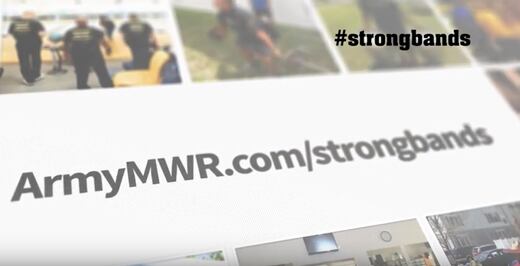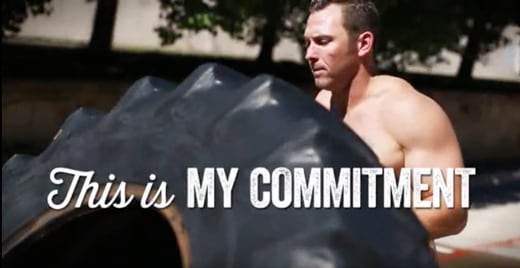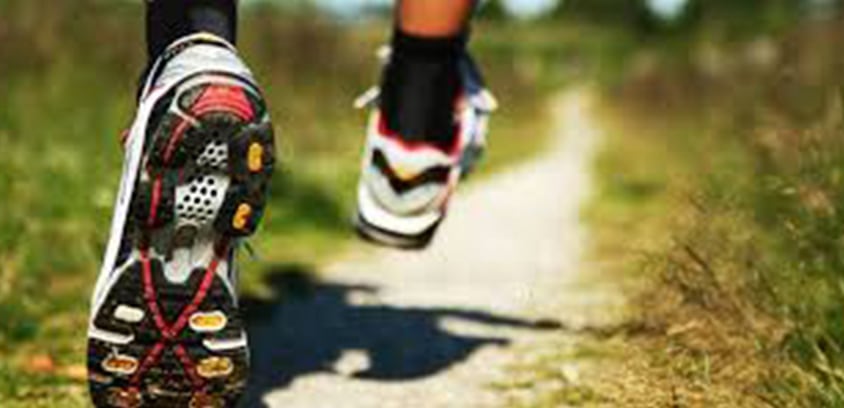What type of shoes should I buy?
The type of shoes to buy should be based on the kind of activity you will be performing.
Tips on the purchase of your next athletic shoes:
• Try on shoes at the end of the day. This way your feet will be at their largest and most tired. The shoes that seem comfortable at the end of the day are the ones you should buy.
• The shoes should be comfortable as soon as you try them on. There is no "break-in" period.
• Don’t forget the socks! They are a very important part of the comfort of the shoes you buy. Ill-fitting socks can compound problems by rubbing your feet and causing blisters.
• There should be a firm grip of your heel in your shoes. There should be no slippage that could cause pain as you wear them over time.



What to look for based on your stride
Running Shoes
Conventional thinking suggests that a good running shoe should have ample cushioning to absorb shock, but there are advocates for minimalist running shoes that have almost no cushioning. When you choose a cushioned shoe, look for overall shock absorption for good foot and heel control.
Jogging Shoes
Joggers should wear a shoe with more impact cushioning. While running shoes are designed to provide maximum overall shock absorption for the foot, jogging shoes focus more on heel and ankle control and cushion.
Walking Shoes
If walking is your sport or your doctor's recommendation for cardiovascular conditioning, wear a lightweight shoe. Look for extra shock absorption in the heel of the shoe and especially under the ball of the foot. This will help reduce heel pain as well as burning and tenderness in the ball of the foot. A shoe with a slightly rounded sole or rocker bottom also helps to shift weight smoothly from the heel to the toes while decreasing the forces across the foot. Walking shoes have more rigidity in the front so you can roll off your toes rather than bend through them as you do with running and jogging shoes.
Although not a cure-all, these qualities in a running, jogging or walking shoe may help prevent shin splints, tendinitis, heel pain and stress fractures.

When to buy new shoes
If you ask five different people, you may get five unique answers to this question. The "best practice" answer is to change shoes every 6 months while rotating between two pair (wear the shoes one day and switch to another pair the next, alternating days). The best answer is really to listen to your body. When the shoes break down you will know it because they will no longer support your feet in the midsole of the shoe. This will lead to a sense of vibration throughout the body and then pain in the foot, ankle and shins.
MAKE YOUR NEXT STEPS YOUR BEST STEPS!

Shop gift cards now! Authorized customers, click here. All other customers, click here.
This content is produced and presented by our sponsor.




